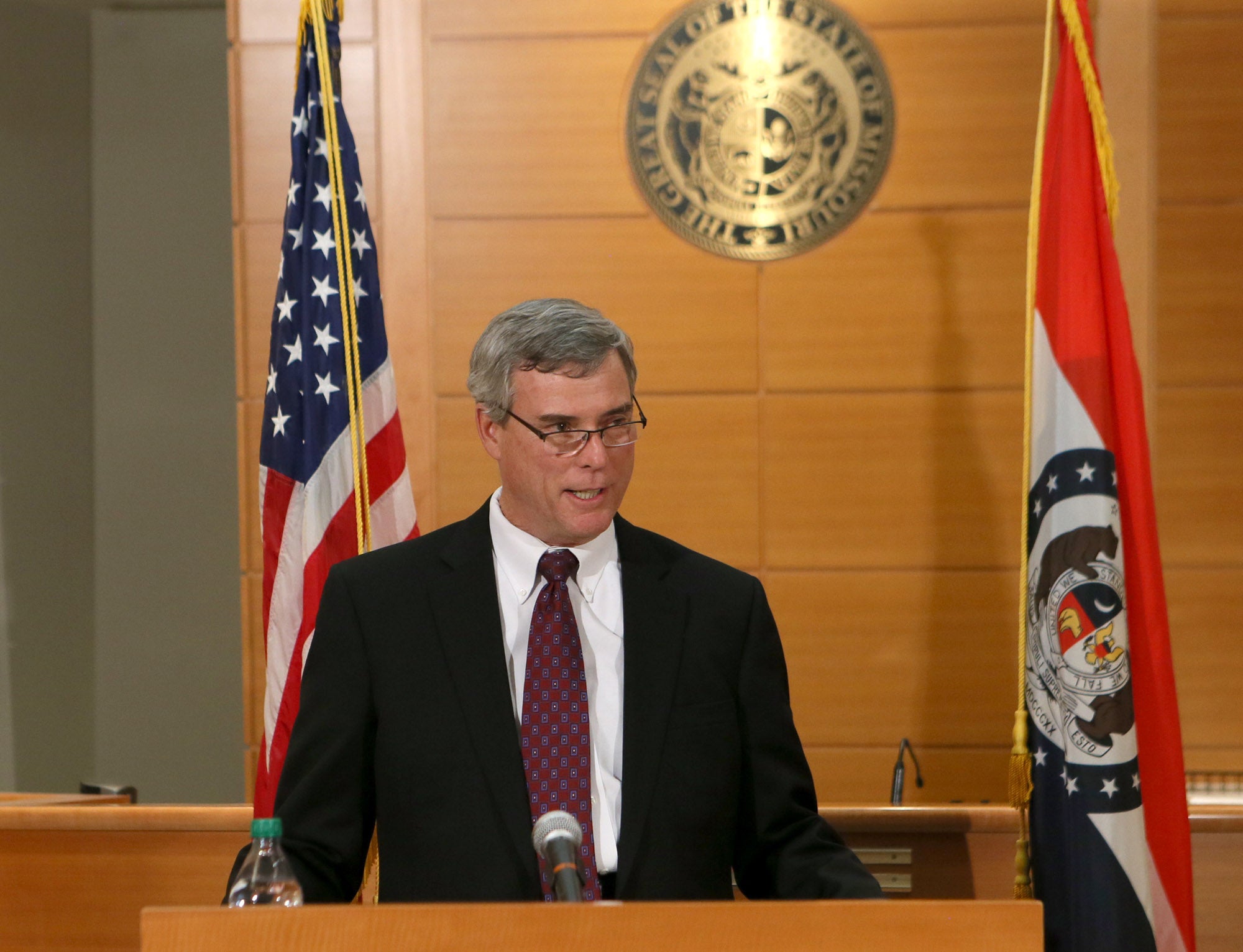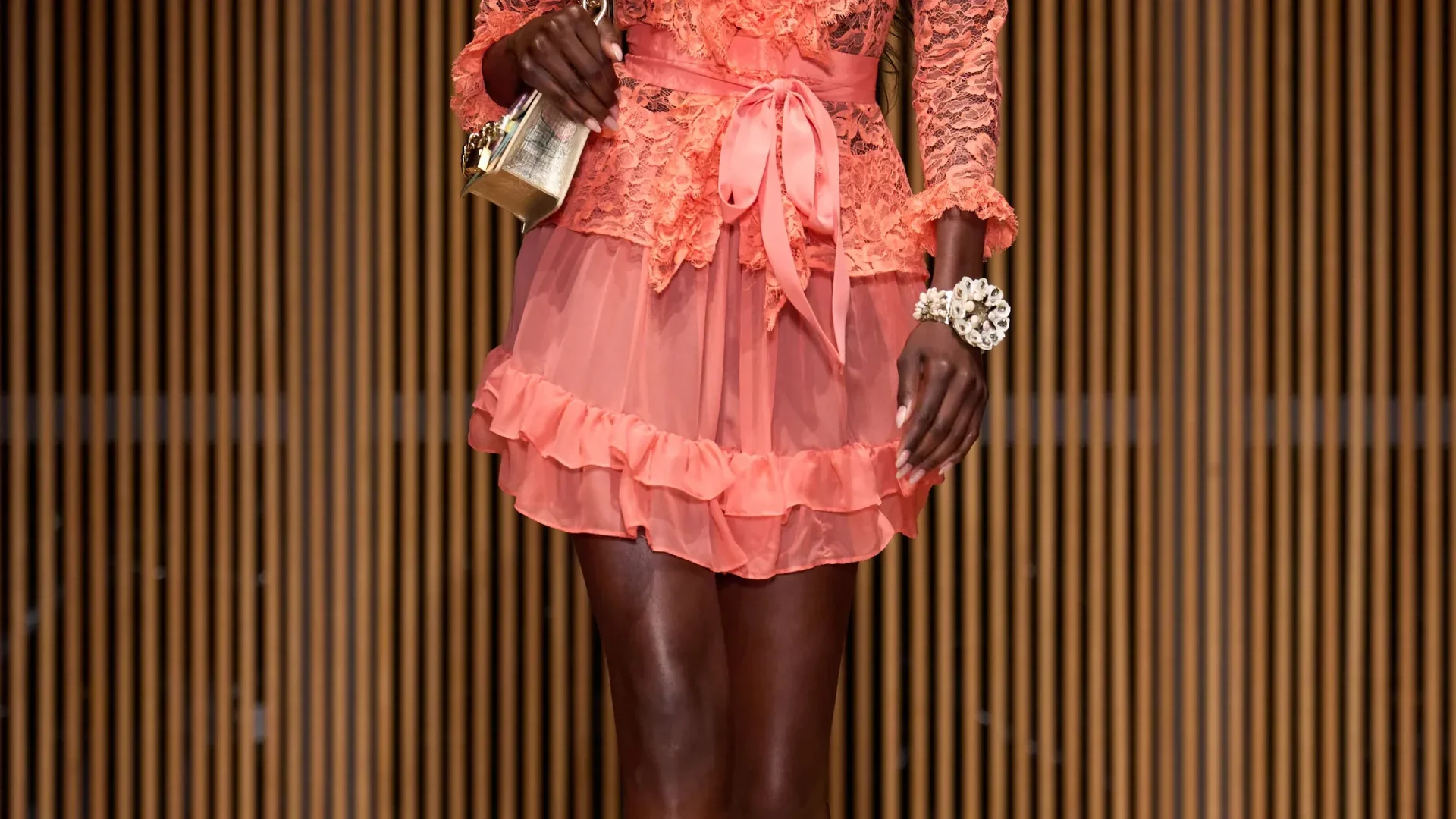
Last month, St. Louis County Prosecutor Robert McCulloch announced that he would deviate from his standard method of prosecution in the grand jury case pertaining to Darren Wilson. Whereas normally, select evidence would be presented to the 12 jurors via an officer, this grand jury would hear first-hand witness testimonies and view all of the evidence.
“Given the extraordinary public concern in the Michael Brown case, all witnesses with any relevant evidence are being summoned to the grand jury to give their sworn testimony,” McCulloch said in an October 31 press release. “This allows the grand jurors to evaluate all evidence and witnesses in arriving at their decision.” McCulloch also offered no recommendation of charges that the jury should consider. The release went on to say that regardless of whether or not the jury voted to indict Wilson, the evidence over which they deliberated would eventually be made public.
But some detractors didn’t buy into McCulloch’s reasoning. David Feige, in an article for Slate, suggested that by altering his usual method and releasing all of the evidence, McCulloch was taking the easy way out. Feige argued that by providing the jurors, and later, the public, with firsthand evidence and testimonies, McCulloch wouldn’t have to assume responsibility for the verdict.
On Monday night, shortly after McCulloch delivered the jury’s decision not to indict Wilson, 24 court transcripts were released, along with 30 witness interviews, 23 forensic reports, and hundreds of photographs of the scene and of Wilson after the August altercation.
The photos of Wilson show faint red marks on his right cheek and at the back of his neck. In his testimony, Wilson said that the marks were a result of Brown punching him twice in the head.
The 86-page transcript of the officer’s version of events paints a picture of a fearful Wilson and a menacing Brown. Wilson, who is 6-foot-4, said that he “felt like a five-year-old holding onto Hulk Hogan” in the altercation with Brown. When he fired at Brown, who at some point ran away and gained distance from the officer, Wilson said that the teenager grew angry and was “bulking up to run through the shots.” Brown’s face, Wilson said, looked “like a demon.”
Wilson went on to say that following the shooting, he drove himself back to the police station, prepared his own gun as evidence, and didn’t write a police report.
McCulloch stands by his decision to expose all of the evidence, including the rare testimony of a defendant at a grand jury proceeding.
“The jurors were able to assess the credibility of the witnesses, including those witnesses whose statements and testimony remained consistent throughout every interview and were consistent with the physical evidence,” he said during his televised announcement on Monday night. “They discussed and debated the evidence among themselves before arriving at their collective decision.”





